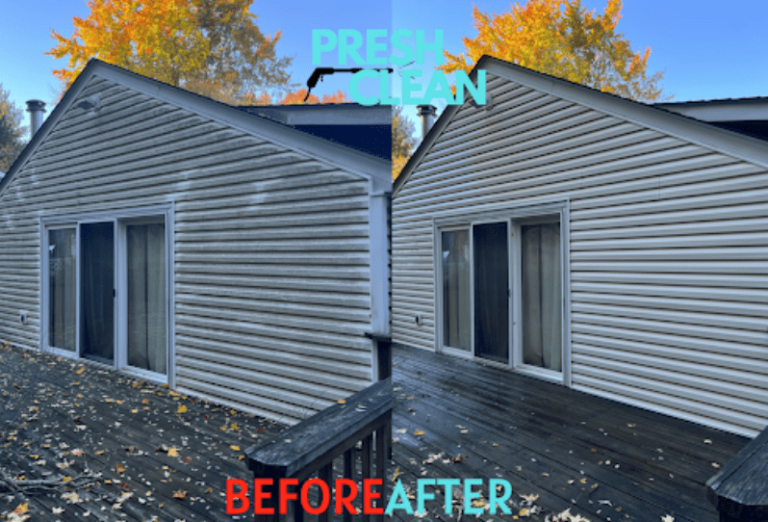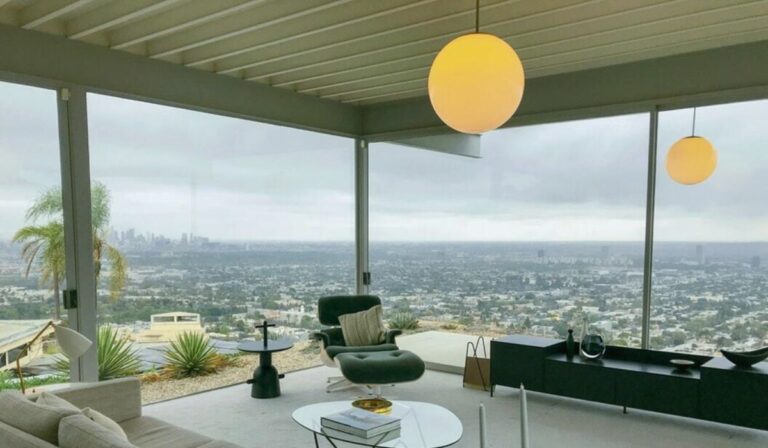Cinder Block Aquarium Stand: A Simple and Affordable Solution
Creating an aquarium stand can often be a daunting task, especially if you want it to be both aesthetically pleasing and structurally sound. However, one solution that has gained popularity among aquarium enthusiasts is the cinder block aquarium stand. This guide will explore the benefits, construction process, and some important considerations to help you build a sturdy and reliable stand for your fish tank.
Benefits of a Cinder Block Aquarium Stand
A cinder block aquarium stand is an excellent choice for several reasons, including its affordability, strength, and versatility. Here are some benefits to consider:
Affordability
Cinder blocks are significantly cheaper than traditional wooden aquarium stands. If you are on a budget, this option allows you to set up your aquarium without breaking the bank. You can find cinder blocks at most home improvement stores, making them easily accessible for your DIY project.
Durability and Strength
Cinder blocks are known for their strength and durability. Unlike wood, which can warp or rot over time, cinder blocks can withstand the weight of a heavy aquarium without compromising their structural integrity. This makes them an ideal choice for supporting the weight of your aquarium filled with water, substrate, and decorations.
Easy Assembly
Building a cinder block aquarium stand is straightforward and requires minimal tools. If you can stack blocks and use a level, you can create a solid stand for your fish tank. This simplicity allows for quick construction, making it perfect for beginners.
Customizable Design
Cinder blocks come in various sizes and shapes, allowing you to customize the design of your aquarium stand to fit your style and space. You can leave the blocks exposed for a minimalist look or cover them with a finish that matches your décor. Additionally, you can adjust the height and size of the stand to suit your aquarium’s dimensions.
Versatility
A cinder block aquarium stand can be used for various tank sizes and types. Whether you have a small freshwater tank or a large saltwater aquarium, you can adapt your stand to accommodate your needs. Furthermore, cinder block stands can be easily disassembled and reconfigured if you decide to change the layout of your aquarium.
How to Build a Cinder Block Aquarium Stand
Building a cinder block aquarium stand is a simple process that can be completed in just a few steps. Here’s how to create a sturdy stand for your aquarium:
Materials Needed
Before you start, gather the following materials:
- Cinder blocks (number depends on tank size)
- Plywood or MDF board (for the top surface)
- Level
- Measuring tape
- Safety goggles and gloves (for protection)
Measure Your Aquarium
Before purchasing cinder blocks, measure the dimensions of your aquarium. Knowing the width and length will help you determine how many blocks you need for the stand. Additionally, consider the height you want for your stand, keeping in mind the overall aesthetics and accessibility for maintenance.
Choose Your Design
Decide on the design of your cinder block stand. You can opt for a simple two-layer structure or a more complex design with additional shelves for storage. A basic design includes two rows of cinder blocks stacked on each other, but feel free to get creative.
Prepare the Location
Select a suitable location for your aquarium stand. Ensure the ground is level and can support the weight of the tank when filled. Clear any debris or obstacles from the area and use a level to check the surface.
Lay the Cinder Blocks
Start by laying out the cinder blocks according to your design. Place the blocks on their long side for maximum stability. For a basic stand, create a rectangular base using four blocks, two on each side. Make sure to leave space for the aquarium dimensions.
Check for Levelness
After placing the first layer of cinder blocks, use a level to ensure they are even. Adjust the blocks as needed to create a stable base. Once you are satisfied, you can add the second layer of cinder blocks.
Add the Plywood Top
Once the blocks are stacked and leveled, measure and cut a piece of plywood or MDF board to fit the top of the stand. This board will distribute the weight of the aquarium evenly across the cinder blocks. Secure it in place by placing it on top of the blocks.
Final Adjustments
Check the level of the plywood top to ensure it is even. Make any necessary adjustments to the cinder blocks. Once everything is secure and level, your cinder block aquarium stand is ready for the aquarium.
Important Considerations
While a cinder block aquarium stand is a practical solution, there are some important factors to keep in mind to ensure safety and stability:
Weight Distribution
Aquariums are heavy, especially when filled with water, substrate, and decorations. Ensure that your cinder block stand can support the weight of your specific aquarium size. Generally, a standard 10-gallon aquarium weighs around 100 pounds when full, while larger tanks can weigh several hundred pounds.
Ventilation
Cinder blocks can retain moisture, so it’s essential to allow for proper ventilation. This will prevent mold and mildew from forming around your aquarium. Consider leaving some gaps between blocks for airflow or using a fan in the area to keep it dry.
Aesthetics
While cinder blocks are functional, they may not match every décor style. Consider painting or covering the blocks with a finish to blend in with your home’s interior design. You can also add decorative elements, such as shelves for storing aquarium supplies or plants to create a more appealing look.
Stability
Check the stability of your cinder block aquarium stand regularly. Over time, cinder blocks can shift, especially if the ground underneath settles. Ensure that the stand remains level and adjust as necessary.
Conclusion
A cinder block aquarium stand is an affordable, durable, and customizable solution for aquarium enthusiasts. Its simplicity and strength make it a popular choice for anyone looking to create a reliable support structure for their fish tank. By following the steps outlined above, you can easily build your own cinder block stand and enjoy the beauty of your aquarium without the worry of structural failure.
FAQs
Can I use a cinder block stand for any aquarium size?
Yes, cinder block stands can be customized for various aquarium sizes, but ensure that the stand is adequately constructed to support the specific weight of your tank.
Do I need to treat or paint the cinder blocks?
While it’s not mandatory, treating or painting cinder blocks can improve their appearance and help prevent moisture absorption, enhancing their longevity.
How can I add shelves to my cinder block aquarium stand?
You can add shelves by stacking additional cinder blocks at intervals and placing plywood or MDF boards on top of them. Ensure that the shelves are stable and can support the weight of any items placed on them.
Is it necessary to use plywood on top of the cinder blocks?
Yes, using plywood helps distribute the weight of the aquarium evenly across the cinder blocks, preventing potential stress points that could cause damage or instability.
How often should I check the stability of my stand?
It’s a good practice to check the stability of your stand periodically, especially after moving it or if you notice any signs of shifting. Regular maintenance ensures your aquarium remains safe and secure.







